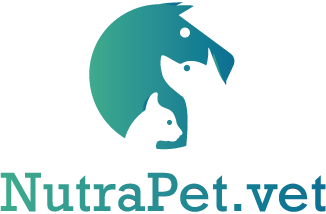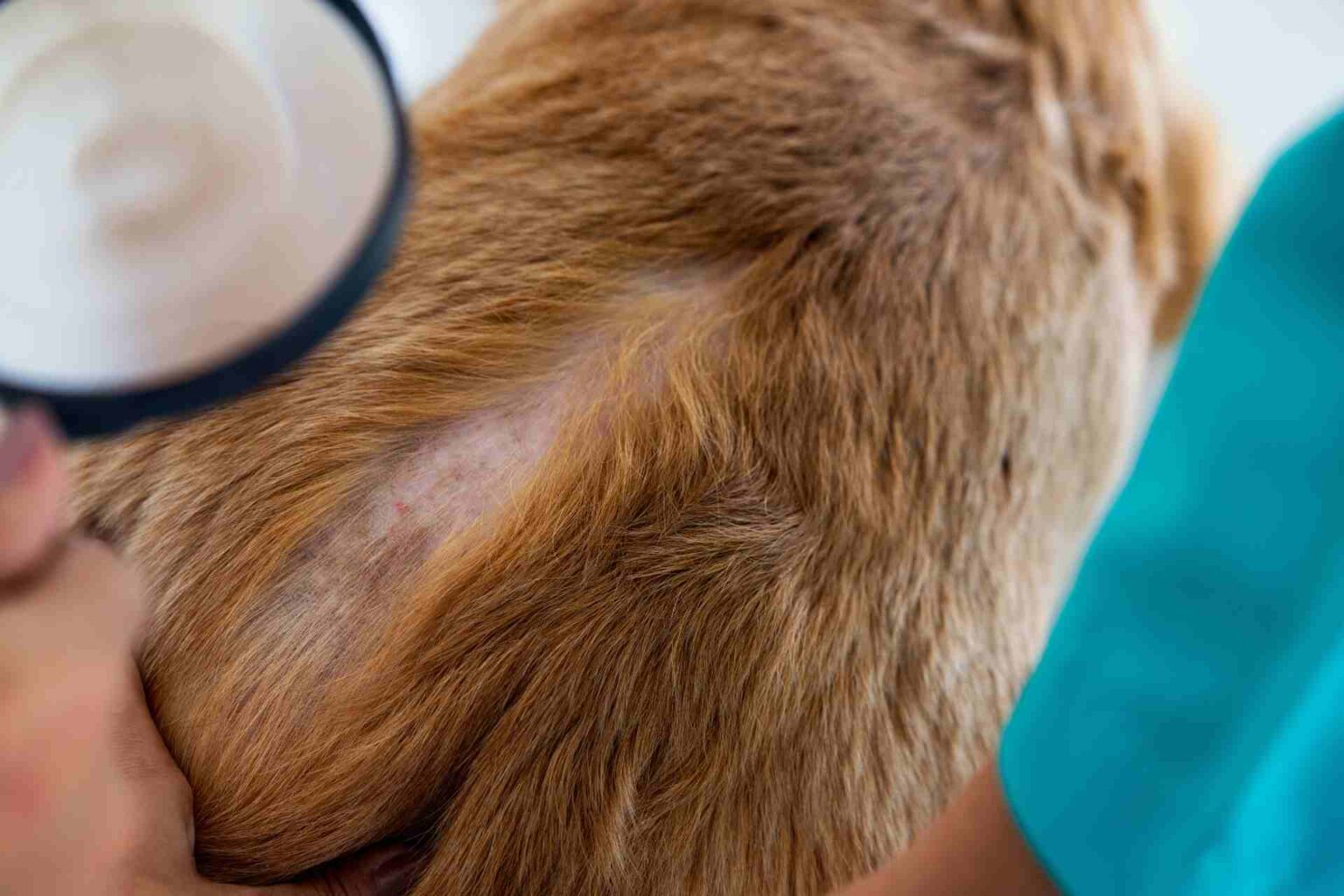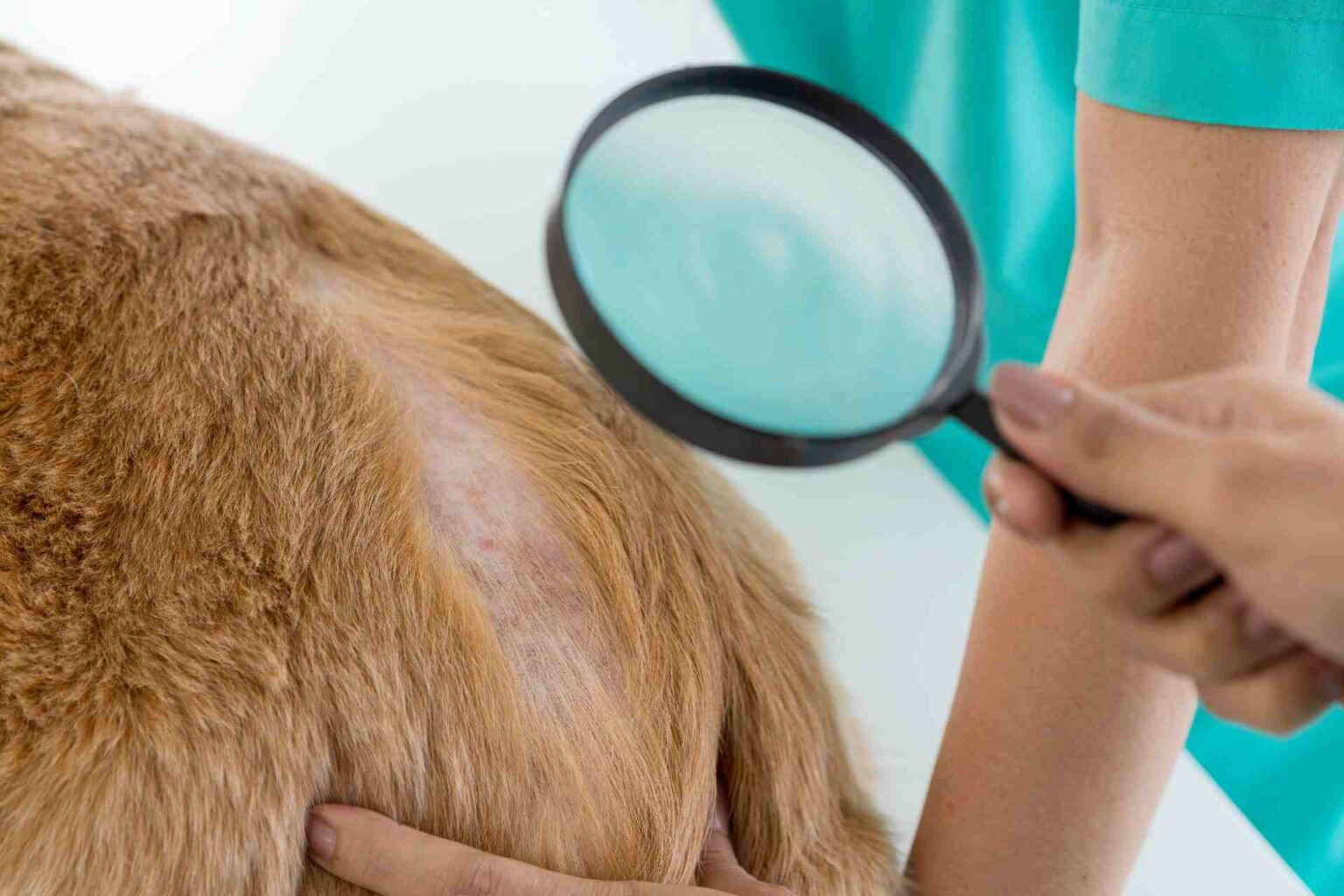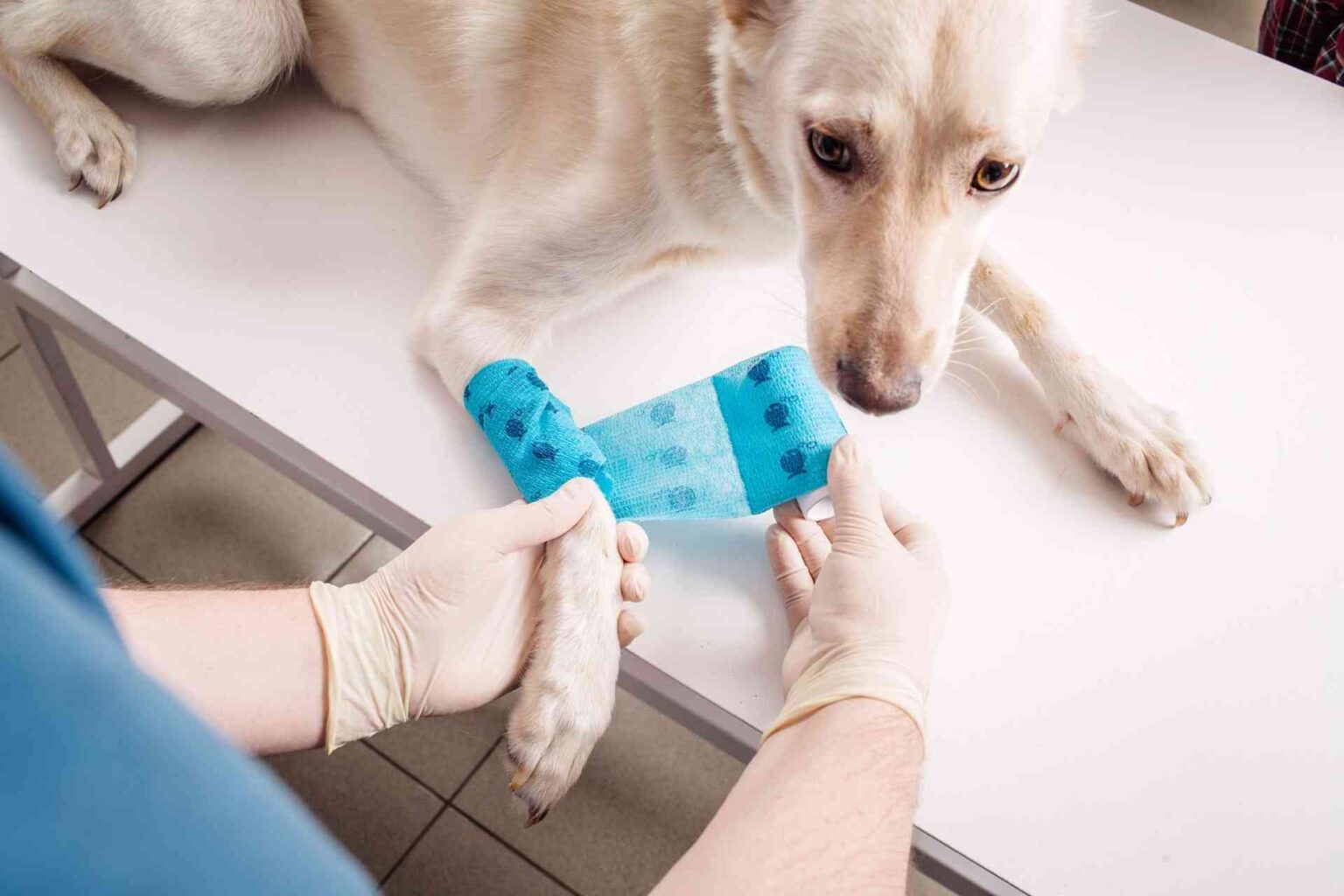Laboratory study conducted at the University of South Dakota and published in the journal Veterinary Immunology and Immunopathology tested oxidized and regenerated cellulose and chitin nanofibers on bovine epidermal fibroblasts
Injuries of the epidermis that do not heal in a timely manner and evolve into ulcerations and chronic lesions pose no small problem for herds. In cattle, in fact, these types of lesions are usually associated with microbial infections and local inflammatory processes, which, in addition to resulting in lameness in the animal, also lead to a number of consequences ranging from increased use of antibiotics to reduced fertility, resulting in increased costs for both livestock and food production. A classic and frequent example is bovine digital dermatitis, which results in lameness in 62% of heifers and 49% of cows, and which as herd sizes increase becomes an increasingly significant problem that has an all-round effect on the productivity of the industry.
Treatment of this kind of injury can be problematic because of the polymicrobial nature of the infection, and today relies on the use of antibiotics topically or systemically with all that this entails in terms of resistance development, or the use of other preparations with antimicrobial action for topical use. It takes its starting point from these assumptions the need to identify alternative treatment options and in this potential use they are gaining increasing attention substances such as oxidized and regenerated cellulose, chitin and chitosan, already used for the treatment of chronic wounds and ulcers in humans and which seem adoptable in the veterinary field as well.
The possible contraindications of linear polysaccharides
These Linear polysaccharides form the basis of materials approved by the FDA as hemostatic agents for human use and are being tested in the preparation of biodegradable medical bandages: oxidized and regenerated cellulose is modified cellulose that possesses bactericidal activity in vitro and in vivo; chitin and its derivatives inhibit the growth of bacteria and fungi, and cause the release of antimicrobial peptides from eukaryotic cells. They are inexpensive materials derived from the two most abundant biopolymers found in nature and have the advantage of not feeding antibiotic resistance. Conversely, they seem to be able to fuel the inflammatory process and interfere with the immune response. Oxidized and regenerated cellulose, for example, promotes inflammation in vivo, while chitin and chitosan stimulate an inflammatory response that depends on particle size: those of intermediate size (20-70 μm in diameter) result in a more significant release of proinflammatory cytokines from macrophages than larger (70-100 μm) or smaller (2-10 μm) particles.
The results of the University of South Dakota study.
It was precisely to test the possible contraindications of these materials in the treatment of chronic injuries that a study conducted at the University of South Dakota and published in the journal Veterinary Immunology and Immunopathology. tested their effects on bovine epidermal fibroblasts by assessing cell toxicity and stimulation of proinflammatory cytokine production. The results show that oxidized and regenerated cellulose and chitin nanofibers exert no toxic action on fibroblasts, are relatively inert with respect to the immune system, and act as anti-inflammatory agents. Since these materials Are endowed with bactericidal activity and reduce the proinflammatory action of bacterial lipopolysaccharides, the authors conclude that there is sufficient evidence to Deepen the topical use of these polysaccharides against chronic inflammation that develops near lesions and to evaluate their efficacy in inflammation of a polymicrobial nature that accompanies bovine digital dermatitis.
Reference
Kobylkevich BM, Raihan MJ, Uprety T, Kaushik RS, Shore JS, Sohn JJ, Messerli MA, Linear Polysaccharides Reduce Production of Inflammatory Cytokines by LPS-Stimulated Bovine Fibroblasts, Veterinary Immunology and Immunopathology (2021), doi: https://doi.org/10.1016/j.vetimm.2021.110220














